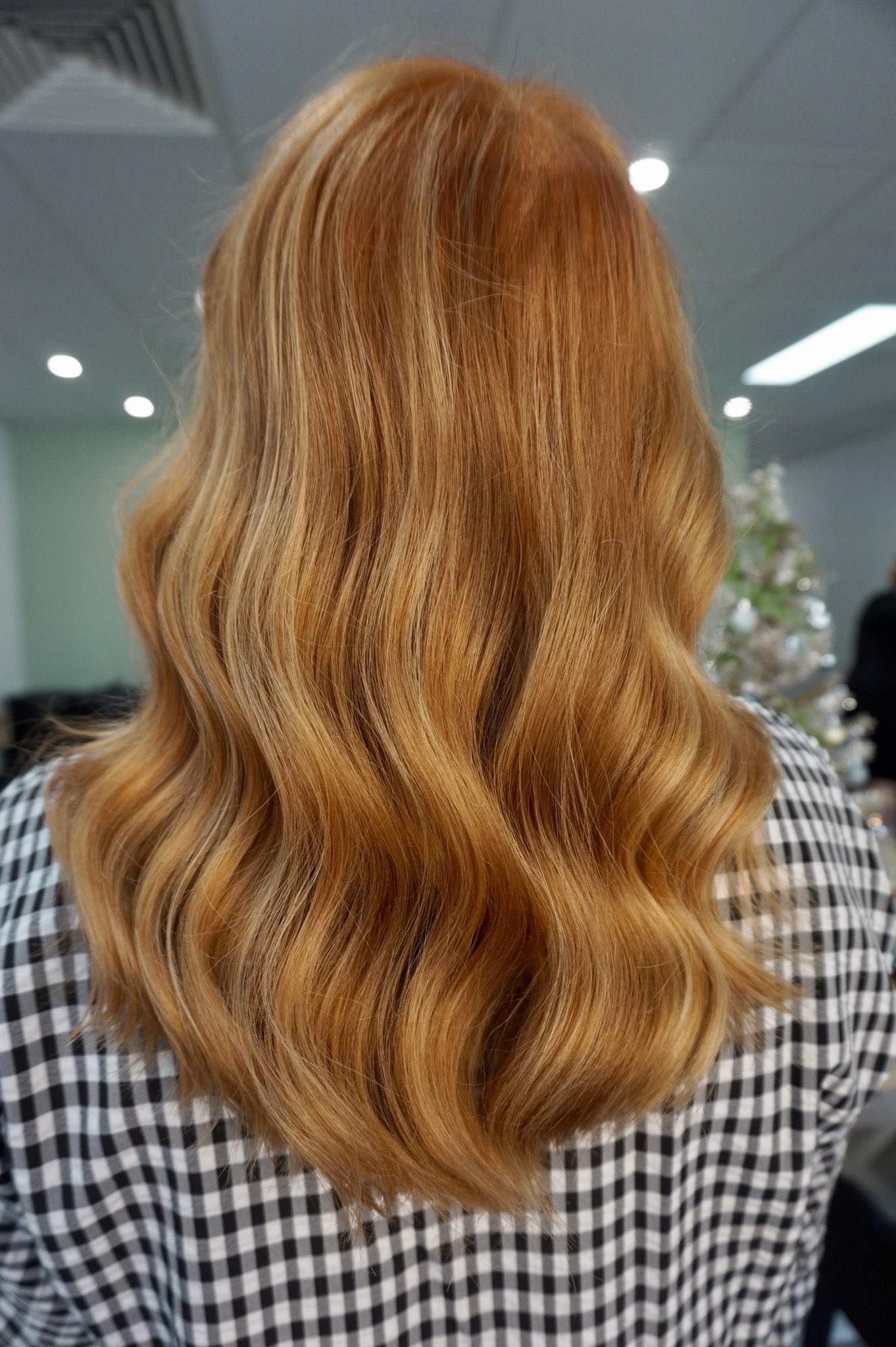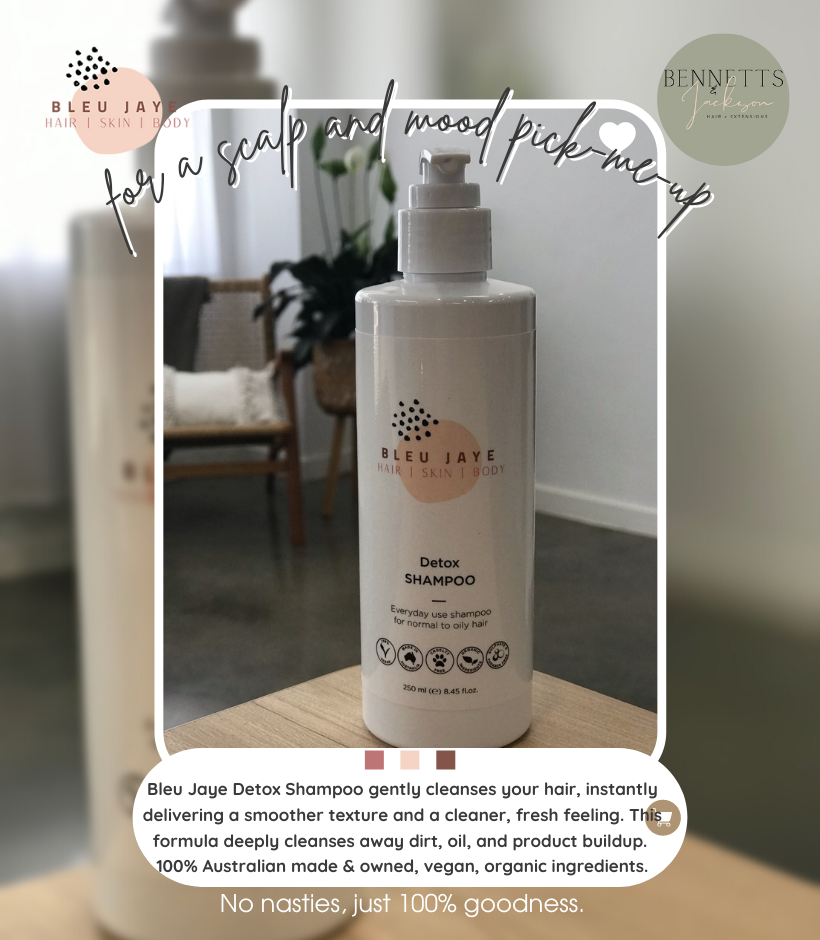
How to Take Care of Dry Damaged Hair

No matter your hair texture, chances are your mane has gone through a dry spell at least once. The feeling of having parched, crunchy strands that you can’t run your fingers through is something nobody likes to deal with. The good news? Replenishing dry, brittle hair with much-needed hydration is easy—and it all starts with figuring out what’s causing dryness in the first place.
Major Causes of Dry Hair
Some major causes of dry, brittle hair include damage from salon colour, chemical treatments, or heat styling too frequently. It can also be caused by washing your hair too often, rinsing hair in hard water, and not using hydrating hair products in your routine. Dryness can also occur as a result of environmental factors such as living in a dry climate.
Since dry hair has so many underlying causes, the best treatment will always be one that’s customized for your mane’s specific needs. With that in mind, your stylist is the ultimate resource to turn to. They can help you create a customized hair care routine to remedy dryness.
Want to learn more about how to fix dry hair? Whether you’ve got dry curly hair or dehydrated, colour-treated strands, we’ve got everything you need to know to moisturize parched locks.
Damaged hair often manifests as dry, dull, and frizzy hair. You may also find that it’s difficult to style and it gets tangled easily. Hair damage can be caused by several things, and one of them is excessive combing and brushing. The friction between your brush and your hair causes the hair cuticle—the outer protective layer of your hair— to break down, and this damages your hair little by little over time.
Ways to Take Care Of Your Hair
 1. Lower the Temperature on Your Tools
1. Lower the Temperature on Your Tools
May the good lord bless and keep your curling iron, flat iron and blow dryer. They’re the magic wands that transform your ordinary or unruly hair into luscious waves and curls or voluminous, blown-out goodness. But with all that heat comes heat damage—dryness, brittleness and flyaways.
According to pros, one of the biggest mistakes people make is setting the temperature too high when styling hair with heat. Unless you have super thick or coarse hair, you’ll get the job done with a mid-range temperature-setting on your tools. And skip the heat styling altogether when possible. Check out air-dry formulas that help form and hold your hair without heat. When you do hit the heat, always use a heat protection product to shield your hair from thermal damage. Check this heat protectant that’s available at salon!
 2. Handle Wet Hair with Care
2. Handle Wet Hair with Care
Any hair is at its most vulnerable when it’s wet. And the potential for damage really accelerates if your wet hair is fine, curly or fragile. So handle with care. Never try to pull a brush through your wet hair, unless it’s a brush specifically designed for the task.
Most pros recommend using a wide-tooth comb to detangle. When you step out of the shower, skip vigorous rubbing. Instead, gently blot your hair with a fluffy towel, or better still, with a microfiber cloth or soft t-shirt. Doing this avoids friction that can put stress on vulnerable hair. Don’t secure your hair with an elastic band when it’s wet either—that can cause breakage.
 3. Indulge in Rich and Healing Hair Masks
3. Indulge in Rich and Healing Hair Masks
Hair masks are the special ops of conditioning. They contain high concentrations of reparative and moisturizing ingredients, like vitamins, oils and naturally-sourced elements. They’re also thicker than regular conditioners, so when you apply them to damp hair, they stay put. That gives these formulas time to penetrate more deeply into the hair surface and fill in the gaps and nicks that develop on the surface of damaged hair. Masks keep working even after you rinse them.
Find a mask that’s right for your hair type—for example, colour-treated or extra coarse and unruly. Use your hair treatment mask twice a week or more, faithfully. And don’t be in a hurry—the longer you leave it on the more effective it will be.
 4. Get Professional Treatments
4. Get Professional Treatments
Sometimes a DIY regimen simply isn’t enough for extremely damaged hair. That’s when you might need to bring in the professionals. B&J has in-salon hair treatments that contain the highest possible concentration of active ingredients. We target any type of hair damage—from strands that are over-processed or weak, to hair that needs a mega-infusion of moisture. We will typically apply a hair damage treatment right at the shampoo bowl, and because these formulas are so concentrated, you’ll see and feel a transformation immediately! Ask us about our express keratin treatment.
 5. Seal Your Bonds
5. Seal Your Bonds
One of the reasons damage occurs when you colour or lighten your hair has to do with the process of chemical services. For hair colour or lighteners to work properly, they must loosen the structural bonds of your hair. Once hair bonds become compromised, your hair is more susceptible to breakage, dryness and damage.
By adding special bond-preserving formulas to your hair colour and lightener, your stylist can prevent bond destruction. What’s more, these formulas also take preventive measures to inhibit future damage. Clients who receive frequent and significant hair colour transformations call professional bonders “game changers” in the realm of hair health.
6. Trim Your Split Ends
Have you ever snagged a piece of fine fabric, only to watch as the tiny snag gradually unravels a huge portion of the garment? That’s what can happen when the ends of your hair become split. The hair will begin unraveling from the bottom up, leading to a dull, broken, frizzy mess.
To prevent split ends in the first place, keep your hair supple and strong with fortifying shampoos, conditioners and leave-in creams. To keep split ends from getting out of control, visit your hairstylist for regular trims. You don’t have to lose much length at all—your stylist can simply “dust” the ends to keep your hair healthy, strong and un-frayed.
 7. Swim and Sun with Care
7. Swim and Sun with Care
Regular laps are great for your body, but not so great for your hair. Salt water, chlorine and other pool chemicals can cause hair to become brittle and fragile—not to mention the toll they take on your hair colour! If you’re a swimmer, always wear a swim cap to protect your hair. If you’re heading to the beach, protect your hair from too much sun exposure, which can be drying and cause your hair colour to fade. Wear a hat! You can also go the extra mile by applying a hair mask before heading out—it will treat and protect your hair while you’re outside. After swimming or sunning, cleanse and condition your hair immediately with gentle, moisturizing formulas.
 8. Don’t Let Your Hair Get Thirsty
8. Don’t Let Your Hair Get Thirsty
Dry skin appears cracked and dull, which is why you should never skip your moisturizer. Dry hair is the number one cause of damage and hair breakage because if your hair doesn’t have the optimal level of moisture it will become brittle and fragile, just like your skin. If you’re prone to dry hair, embrace a moisturizing regimen that includes a hydrating shampoo, conditioner, mask and leave-in product. It’s the easiest way to prevent your strands from becoming parched.
 9. Shampoo Wisely and Well
9. Shampoo Wisely and Well
Select a sulfate-free shampoo formulated for damaged hair. Sticking with shampoos that contain natural origin ingredients will help repair your damaged hair.
Try to avoid too-frequent shampooing. If your hair and scalp need refreshing, try a dry shampoo on the second or third day. Finally, wash your hair with lukewarm or cool water, and finish the shampoo process with a shot of cool water. Cool or cold water can help damaged hair by closing the hair cuticle and causing the hair shaft to lie flat, resulting in shinier, smoother hair.

